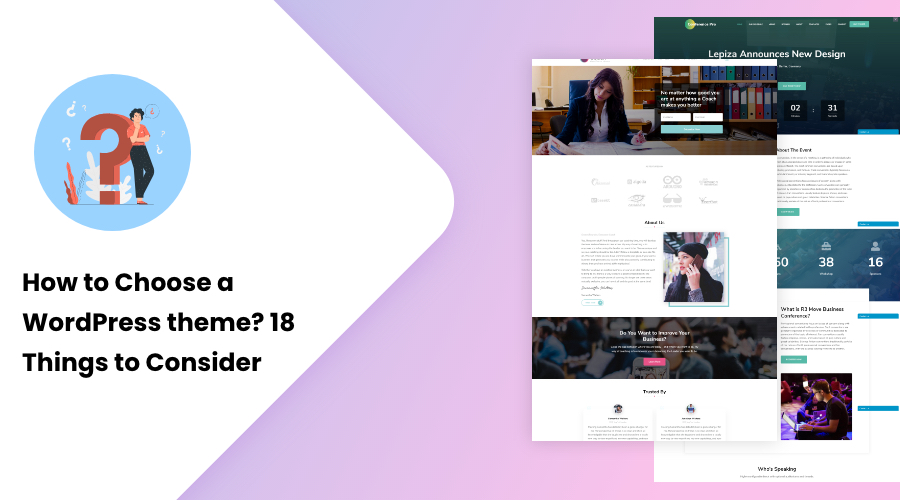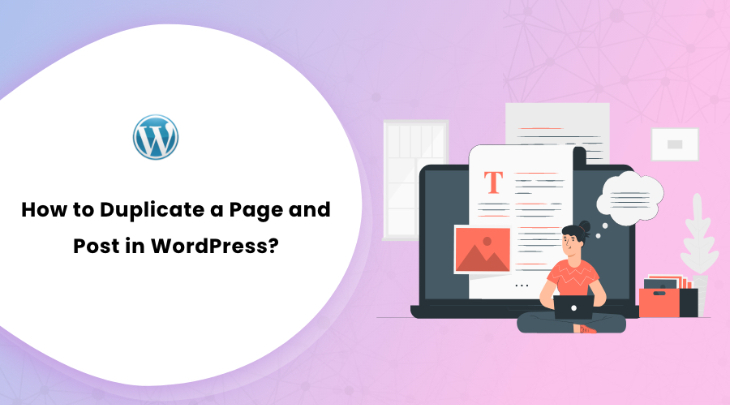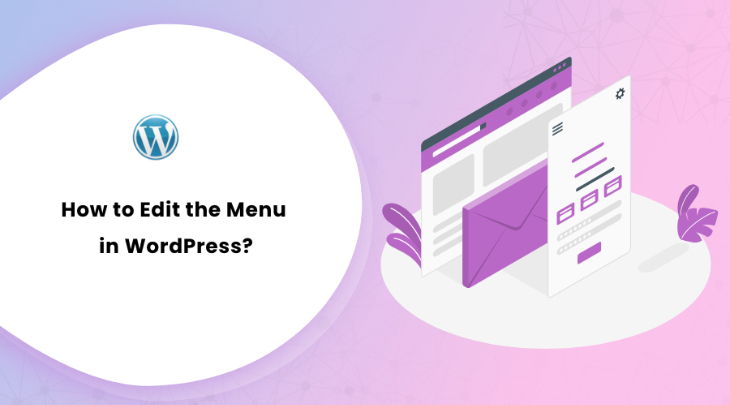The most challenging part of anything is to start, especially if you don’t have a clear vision. When starting a website, the WordPress theme you use becomes one of your strengths. With thousands of WordPress themes online, you are probably having a hard time choosing one.
So how to select a WordPress theme that is best for you?
Some themes have a great design but don’t have much functionality, while the others are the exact opposite. You are probably wondering if it is possible to get the best WordPress theme for a beginner like you?
Thankfully, our guide will assist you in finding the perfect WordPress theme. After reading our guide, you will be able to choose the best WordPress theme and build a strong base for your website.
But first, we will talk about a few WordPress terms below:
Common WordPress Terms
If you are a beginner, knowing the following terms will be helpful.
- WordPress: WordPress is a popular blogging platform. There are two versions of WordPress: WordPress.com and WordPress.org.
- Wordpress.com: WordPress.com is the WordPress managed service. You can sign up and use their service instantly without worrying about the server. It is a free service with frequent upgrades. However, this service has limited features and functionalities.
- WordPress.org: WordPress.org is a self-managed service. You can install it in the server of your choice. You get full control over your site with WordPress.org.
- WordPress theme: It is a software that determines the way your site functions and looks. The color, layout, and other design elements depend on the theme. There are three types of WordPress themes: a parent theme, a child theme, and a theme framework.
- Parent theme and Child theme: Almost all of the WordPress themes are parent themes. By changing the looks and functionalities of the parent theme, you can create a child theme. You can update the patches in a child theme without losing the changes that you made. Here is how you can create a WordPress child theme.
- Theme Framework: A theme framework is a library of codes that extend your website’s functionalities and design. It adds new customization abilities, layouts, features, and many more.
- WordPress plugins: A WordPress plugin is a set of codes that you add to your WordPress theme. They add new features and functionalities to your website.
- Page Builders: A page builder is a WordPress plugin that assists you in designing pages using a drag-and-drop interface. Some household names for page builders are Visual Composer, Elementor, and Beaver Builder.
- Stylesheet: It is the file that stores your WordPress theme’s CSS. Stylesheet determines the fonts, color, blog looks, and so on.
How to Choose a WordPress theme?
Now, we will walk you through some of the things that you must consider before choosing a WordPress theme for your website.
1. What is the purpose of your website?

Figure out the purpose and vision of your website. The theme must match your purpose to get the best out of it.
For example, if you are creating a blogging website, you need to look for a theme with attractive typography and better readability. For a portfolio, an image-centric theme that displays the images attractively is your best shot. Likewise, for an e-commerce website, you want a theme that makes buying and selling a breeze.
2. What is the Personality of your website?
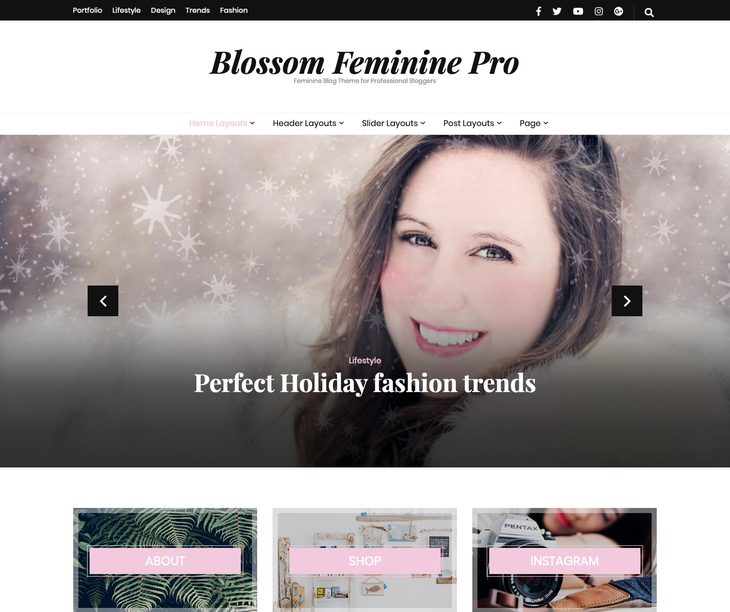
Just like the purpose, you should also consider your website’s personality when choosing a theme.
For a fitness website, you need a robust theme with heavy layouts and image grids. For a business theme, you need a corporate-looking theme such as Rara Business Pro. Likewise, for a beauty salon, look for a feminine website like Blossom Feminine Pro.
3. Lightweight Theme with Fast Loading Speed
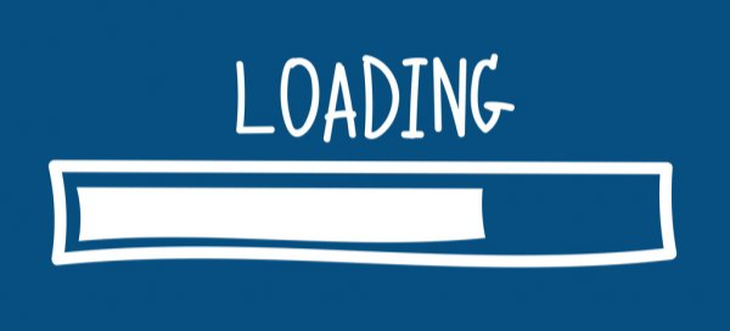
You don’t want a theme that’s bloated with features. This will severely affect your website’s performance. This will add to the loading time of your page and website. This is an instant turn off for your visitors and drives them to leave your website.
A study shows that even one second of delay in page loading results in 11% loss of page views and almost 7% of page conversion rate. Moreover, Google has also made the loading speed as a factor for better ranking in search results.
Only choose the theme with the features that you need.
To check the theme’s speed, copy the theme’s demo URL on performance testing tools, like GTmetrix. You can get the details about the CSS lines, bad requests, and other information relating to the site speed.
4. Clear and Attractive Design
Most of the online marketing techniques rely on a website’s appearance. A study was conducted to determine the impact of web design on the website’s performance. The study concluded that of all the factors that led the visitors to leave or mistrust a website, 94% was related to design while only 6% were content-related.
Another similar study showed that 38% of the total visitors left the website as they found the layout unattractive.
Most common design-related drawbacks that the visitors pointed out were:
- The complex layout of the site
- No or only a few navigation support
- Dull design or inappropriate color use
- Slow page loading speed
- Small prints
- Congested texts
- Poor search index
From this, we can assume that your website cannot perform well if it does not have an appealing design, no matter how informative or unique your content is.
To run a successful website, you must offer your visitors a clear and simple website. The website should be easy to browse without any issues. It must have an attractive design with the option to add the desired number of sidebars and widgets.
Your theme must offer you the design that suits your goal. It should not compromise on simplicity and usability. The theme’s presentation must not be complicated. Your visitor must be able to find the information easily.
5. Budget

A premium theme will cost you around 70 to 150 dollars. It is a one-time investment that comes with unlimited customization options, user-friendly features, easy-to-use admin panel, and much more.
If you are a beginner and want to get acquainted with WordPress, you can use free themes. There are tons of free WordPress themes available on the internet.
However, free themes are prone to multiple technical issues. They do not have many features and functionalities. User-friendly options are limited. Moreover, you don’t get updates nor technical support in free WordPress themes.
Check out 7 reasons to choose premium WordPress themes over free.
6. Licensing Options
WordPress comes with a GPL license. Most of the themes and plugins are also under the GPL license. With this license, you can modify the WordPress code to suit your needs and requirements.
7. Responsive Design
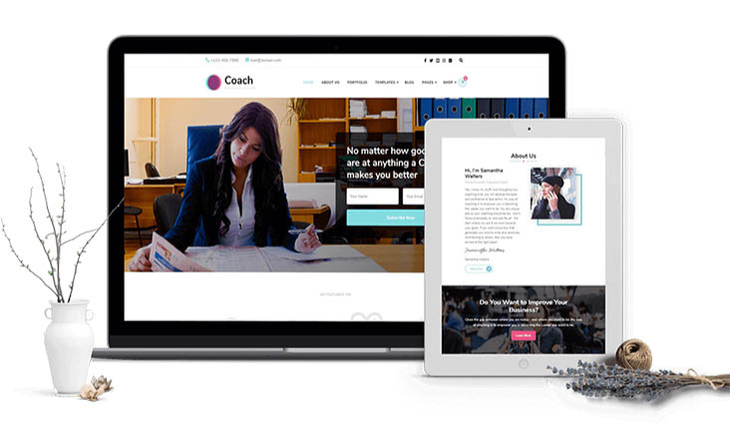
Mobile phones account for huge traffic generation on websites. The statistics, according to the Adobe Cyber Monday sales, states that smartphones accounted for 33% of the total sales. From this data, we can anticipate that smartphones are growing as the preferred devices for browsing websites.
This is why your theme must have a responsive design.
A WordPress theme with a fully responsive design goes a long way. Your website becomes compatible with mobile phones, laptops, tablets, and any other browsing devices. The feature automatically resizes and adjusts your website to run smoothly on various screen sizes.
Most of the WordPress themes nowadays are responsive by default. However, there are still some sellers who code their themes with fixed layouts. This gives a weird experience to your visitors. They will not even bother surfing your content and leave your site immediately.
So, if you want more traffic and increased retention on your site, you must choose a responsive WordPress theme.
Conduct a Mobile-Friendly test to see if your website is mobile-friendly or not.
8. Cross-Browser Compatibility

Does your WordPress theme have a responsive design? Great! But it should also run on all web browsers. Make sure that the theme looks great and works well across all major browsers, such as Chrome, Mozilla Firefox, Safari, IE, Opera, and others.
With the responsive design and cross-browser compatibility, your website will welcome visitors from any device and browser.
9. Plugin Support
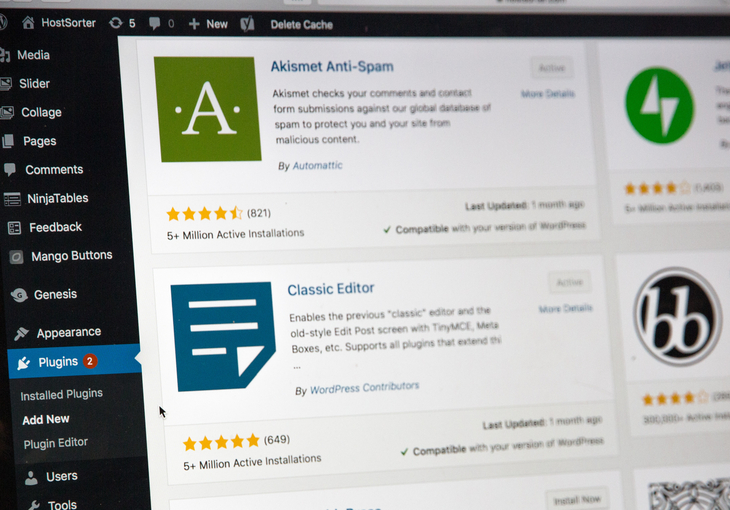
As mentioned above, plugins are the additional set of codes that you attach to your existing WordPress theme. Adding plugins upgrade your theme’s performance. It also improves user convenience while increasing functionalities. There are unlimited free as well as premium plugins available on the internet such as WooCommerce plugin, Contact Form 7, MailChimp, and many more
However, to be able to use the plugins, your theme must be able to support them. Make sure of it by consulting the developers.
10. Translation Ready
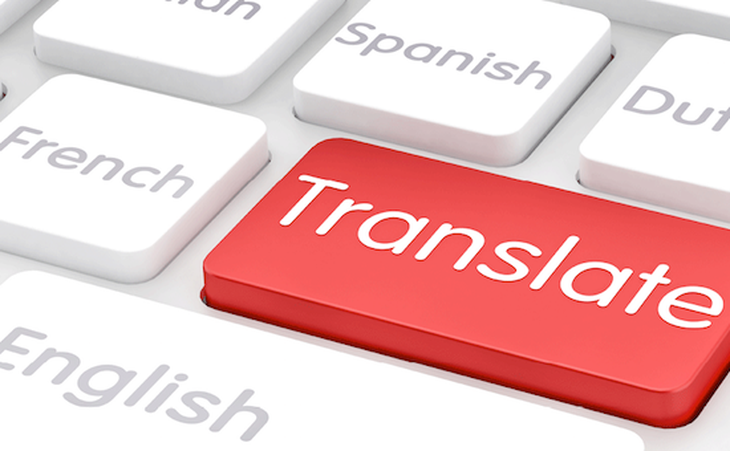
You may want to set your website in multiple languages other than English. A multi-language site will add to user convenience and can entertain visitors of any mother tongue.
For this, your WordPress theme must be translation-ready. It should also support WordPress Multi-Language (WPML) plugin.
11. Page Builders
Page builders enable you to build a website with any layout and design using the drag and drop interface. You can create unique layouts with page builders.
Many premium WordPress themes have built-in page builders. However, if your theme does not have one, make sure that it supports the most used page builder plugins for future reference.
12. Built-In SEO
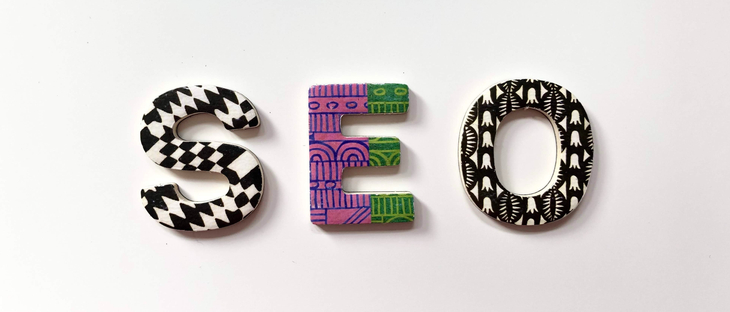
A study shows the top five results on the search engine attract around 68% of all the organic traffic. If you want traffic increment on your website, you must make sure to land your site on those top five spots. Choosing a WordPress theme that has built-in SEO-friendly codes is the best way to do that.
You should also add necessary keywords, internal/external links, tags, and breadcrumbs on your page. These features will help your site climb up the search engine rankings.
Most of the premium WordPress themes already have this feature. You should know it for yourself.
13. Multiple Call-to-Action Buttons
If you want to grow your website’s conversion rate, you must provide an easier way for your visitors to engage with your site. Multiple CTA buttons are an efficient way to do that. This will constantly encourage your visitors to purchase your product, subscribe, or book an appointment.
The more CTA buttons the theme allows you to add, the better it is for the conversion rate.
Here are the commonly used CTA buttons:
- Leads: Leads help to convert your visitors into your clients. Your visitors can place their orders using this CTA button. If they are not ready to be your client, Leads also offers them an alternate way to keep in touch with your site via newsletter.
- Service or Product Discovery: This CTA button guides your visitors to the list of products and services that you offer. Your visitors can make comparisons and select the one they prefer.
- Forms: This CTA button influences your visitors to fill the form. The ultimate aim of these CTA buttons is to convert your visitors into leads.
- Continue Reading: This will prompt your visitors to continue reading the content of your site. This CTA button helps to retain your visitors without any loss of content visibility.
- Sharing: Sharing CTA buttons prompts your visitors to share your content and posts on their social media profiles. This button helps to expand your reach and bring in more visitors.
- Event Promoter: This allows your readers to share and promote any upcoming event on your website. This is also a part of the marketing technique.
- Sale Closer: This button aims to settle the visitor’s needs. It helps to solve any concern about hard sales.
14. Customization
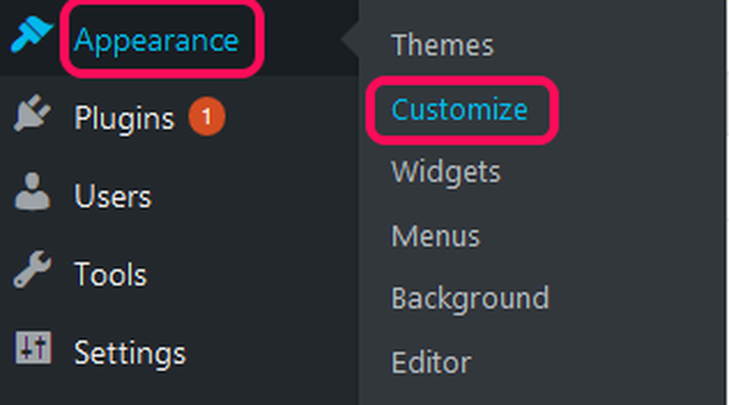
Though you may be happy with the default design now, the chances are that you will want to customize your theme later.
Most of the themes come with enough customization options. With these options, you must be able to adjust the design and content as you need and prefer. The theme should be flexible with multiple colors, fonts, navigation, typography, widgets, sidebars layouts, transition effects, animations, etc.
A theme with WordPress customizer is your best bet. This customizer allows you to tweak the theme without the need for any technical knowledge.
15. Client Support
When using a theme, you may come across multiple issues, such as installing the theme, configuring the theme, compatibility, integration, etc. So, make sure that the theme comes with adequate client support.
You may also get documentation to deal with the possible issues. However, documentation is not always the best option. Sometimes you may need to get in touch with the developers to solve the problem.
Choose a theme that is backed up by adequate documentation and a dedicated client support team. Most of the premium themes offer the client support for 6 to 12 months. You can later choose to continue or terminate the support.
16. Check the Last Update Date
WordPress is regularly updated. You want a theme that keeps up with these updates. Otherwise, you may be left with a broken website. You must check how often the developers update the theme. Also, check the last update date of the theme. A good theme is constantly updated within no more than six months or so.
17. Check the Reviews

Reviews are solid indicators of a theme’s quality. Look at the ratings as well. You can even check the comments to see the issues that people had while using the theme. Reviews with low ratings are usually the most honest ones.
18. Money-Back Guarantee
Sometimes, despite taking care of every detail before choosing a WordPress theme, it still does not work. In such rare exceptions, you must be able to return the theme and get your money back. Look for a theme that provides a refund.
Conclusion
We hope that you now have a good understanding of the things you should consider when choosing a WordPress theme. The points we have mentioned above should patch you up with a perfect WordPress theme that meets your needs.

